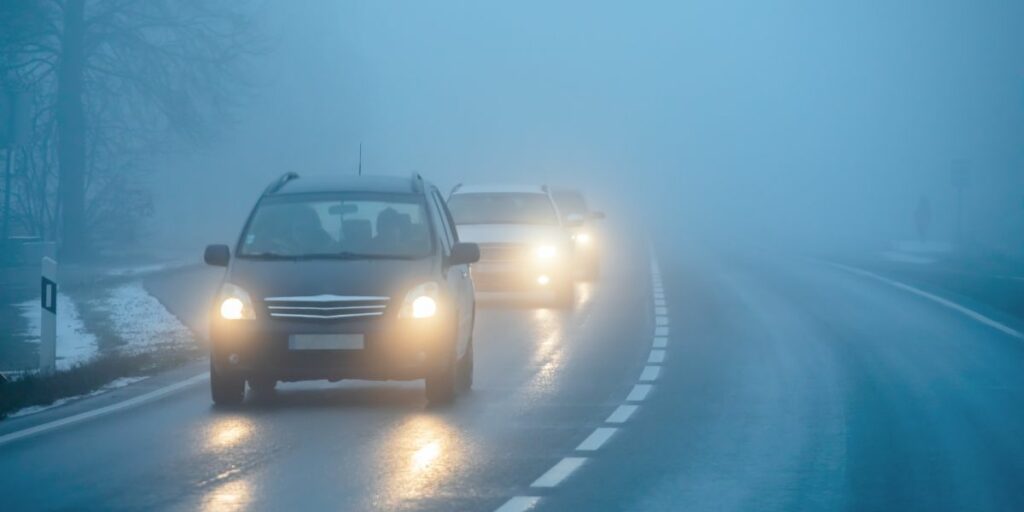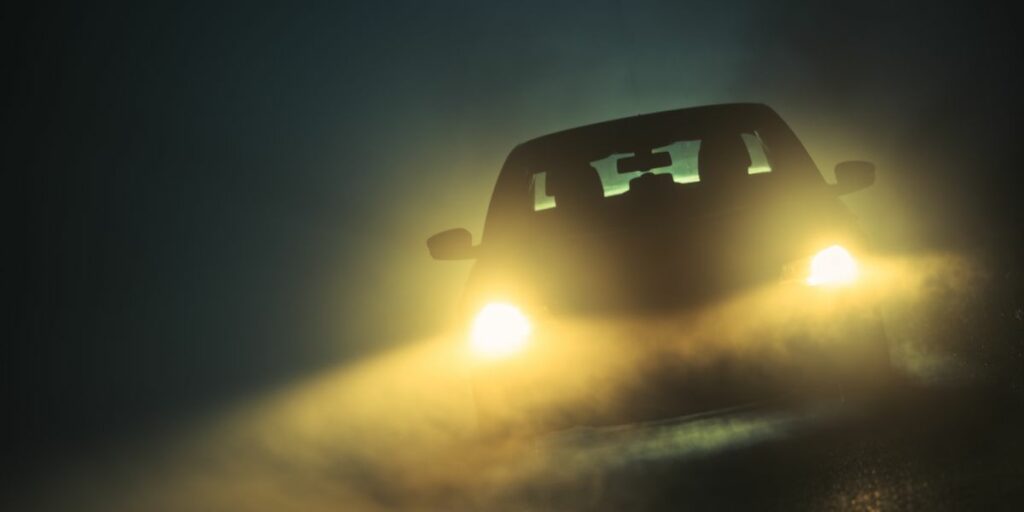Driving in fog can be a scary experience. You can't see what's coming, and it feels like you're driving blind. However, there are some things that you can do to make your drive in the fog much safer and more manageable. Follow these tips to help keep yourself safe on the roads, even when driving in foggy conditions.
Is It Safe to Drive in the Fog?
Driving in dense fog can be extremely dangerous, especially for impatient, inexperienced, and reckless drivers. Rain, snow, ice, and hail can also worsen driving conditions, limiting visibility and creating slippery roads and unexpected obstructions. If you ever find yourself driving through a fog, the best course of action would be to pull over (ideally in a parking area or off the road so as not to cause any collisions) and wait for it to clear.
However, there may be instances wherein you have no other choice but to drive through the fog. If you need to head out for an emergency, here’s what you should do before your drive:
- Check your lights: Make sure all your lights are working, from your high beam headlights to your low beams, tail lights, hazard lights, and, of course, your fog lights. Make sure their lenses are clean too. When buying a used car, some buyers tend to overlook scratches and dirt buildup on their lights, which can compromise their effectiveness. Finally, make it a point to familiarize yourself with where all the knobs and switches are – that way, you won’t be fumbling in the dark when you should be keeping your eyes on the road.
- Check the temperature: It’s one thing to drive in foggy weather and another to drive on icy, slippery roads when visibility is low. If it’s too cold out and the streets are getting icy, cancel your trip.
- Call a friend: If you absolutely must head out, tell a friend or a loved one where you’re heading. That way, if anything happens to you, people know where to find you right away.

Tips for Safe Driving in Fog
If you’re out driving and find yourself suddenly engulfed in a thick fog, here are some tips for getting out safe and sound:
Don’t Rush
When driving through fog, rain, snow, or any bad weather condition that drastically lowers visibility, you must drive slowly. You don’t want to overdrive your headlight or go so fast that your stopping distance becomes farther than you can see ahead with your lights. If you’re not careful, you might not have enough time to see and stop for a parked car, an animal, a fallen tree, or a pedestrian.
Switch to Low Beams
While high beams produce more light than low beams, they aren’t the ideal choice for lighting the way in a fog. This is because the light can reflect off the droplets in the fog and produce glare, making it even harder to see. So the low beam is the better choice in light fogs.
Only Use Your Fog Lights When Visibility Is Very Low
When you can barely see anything past 100 meters, it’s time to switch on your fog lights. We don’t suggest you use your fog lights once things start to get hazy because they can be distracting to the cars ahead of you. As a rule of thumb, try to keep your fog lights off if you’re still able to make out the car’s rear bumper in front of you.
Take note that front fog lights are not standard features on all cars. So while it’s easy to buy and install a pair of front fog lights on your vehicle, it’s also worth considering investing in a vehicle that’s built for cold, wet, and muddy terrain. Some of the best cars for teenagers are practical, economical, and reliable vehicles that won’t give up on you even in inclement weather.

Keep Your Wipers On
Fog is made up of tiny water droplets or ice crystals. That means that driving through fog will cause moisture to build up all over your windows and windshield. Once things get misty, keep your wipers on so as not to limit your visibility.
Hit The Defroster
Ever wondered what that little button with the box and three squiggly arrows are for? That’s your defroster, and it helps keep your windows from misting up when it gets humid. If, after some time, it’s still misty inside, even with the defroster on, try rolling your windows down a smidge.
Pro tip: Do not try to wipe your windows down with a rag. Doing so will just cause smudging and result in glare.
Maintain Your Distance
Again, you’ll want to maintain a safe stopping distance at all times. If you’re having trouble seeing through the fog, that means that the vehicle in front of you is experiencing the same thing. Expect that they could get startled by an unexpected obstruction or person on the road and slam their brakes on reflex. Again, maintain a safe distance to avoid a rear-end collision.
Stay Alert
Switch off anything that could distract you, like your radio or your phone. Ask your passengers to be quiet and to help you keep a lookout for potential obstructions. If it’s not too cold, roll down your windows so you can listen to traffic and people on the road. And try to look as far ahead as you possibly can.
Don’t Push It
If you feel unsafe or scared at any point, don’t hesitate to pull up to the side of the road and stop. If possible, stay off the road so that any cars behind you won’t have to make an abrupt stop to avoid hitting you – or worse, actually hit you. Put your hazard lights on so oncoming vehicles can easily spot and avoid you. The best-case scenario is finding a safe, warm, and dry place to park your car and let the fog pass.

The Bottom Line
The last thing you want to do is get into an accident because of a lack of visibility. Follow these simple tips for safe driving during foggy conditions.
Looking for more driving tips and tricks? Or perhaps you’re in the market for a new car and brushing up on things like vehicle titles, car safety ratings, and car liens? Then, explore our blog for more helpful resources on buying, selling, maintaining, and driving new and used cars.
